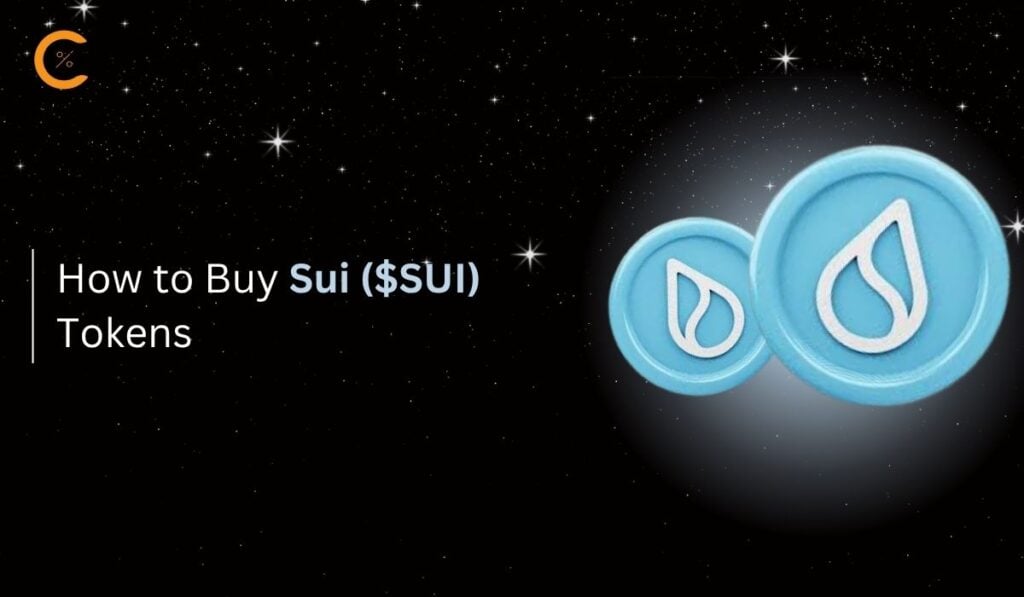Risk-to-Reward Ratio
The risk-to-reward, or reward-to-risk calculation, is among the few safety features available to individual cryptocurrency, stock, or commodity market traders.
Regrettably, individual investors who attempt to spend their money may ultimately lose a significant amount of cash. There are several causes for this; however, one of them is that many traders struggle to control risk. The word “risk to reward” is often used in financial terminology, yet what does it really mean?
What exactly is Risk to Reward?
The risk-to-reward ratio is a powerful tool that represents the potential return an individual might gain for every dollar invested. Several stockholders utilize risk-to-reward ratios to evaluate an investment’s predicted returns with the level of risk required to attain those returns.
| 👍 Pros | 👎 Cons |
|---|---|
| ✅ Simple to calculate | ❌ Takes a lot of discipline to stick strictly to your trade management |
| ✅ Aids in risk management | |
| ✅ Mitigate potential risks | |
| ✅ Maximize profit and stay profitable long term | |
| ✅ Form rational decision |
How the Risk To Reward Ratio Works
In several circumstances, market strategists believe that the best risk-to-reward proportion for their trades is about one ratio of three or three units of anticipated return for every unit of added risk. Investors may control risk and profit more directly by utilizing options like put options. That means winning trades pay you three times the profit compared to your potential loss. Example calculated with a RRR of 3: If the value of your potential loss is $100, then your potential profit would be $300.
The appropriate risk-reward proportion varies highly among trading techniques. Certain trial and error approaches are normally necessary to establish which proportion is ideal for a certain investment strategy. Several traders get a pre-specified risk-to-reward proportion for their assets.
How to Determine the Risk-to-Reward Ratio
Use the following formula to compute the risk-to-reward ratio:
Potential loss / potential profit = risk-to-reward ratio
Set a profit target and stop-loss directives to estimate an investment’s possible risk and return. A stop-loss order allows you to sell an investment immediately if it falls below a specific price.
Risk To Reward Ratio Example
Assume XYZ is now trading for $50 per share. You believe it will reach $60. You purchase 100 shares for a current price of $50 and place a stop-loss option at $45. In this case, your profit potential (reward) is $1,000 ($10 for each share multiplied by 100 units). Your maximum loss is $500 ($5 per unit multiplied by 100). This asset’s risk-to-reward ratio would be $500 / $1,000, which equals 0.50.
When You Have Determined The Risk To Reward Ratio, What Should You Do?
Once the Risk to Ratio has been determined, you must immediately take the entry and set the stop-loss price and exit orders. For example, if the current price (entry price) is $500, and the risk-to-reward ratio is two, you may set up your stop-loss entry at $480 and the exit (take profit) at $540. The Risk to Reward proportion will be 1:2 in this scenario, as your position’s potential risk is $20 while your potential profit is $40.
What Does Risk-Reward Ratio Indicate?
The risk-to-reward ratio assists investors in minimizing the chance of losing cash on transactions. Regardless of whether a trader makes some winning deals, if their win percentage is less than 50%, he will drop cash over time. The risk-to-reward ratio compares a trading point of entry to a stop-loss order and a sell or take-profit transaction. Balancing these two yields the profit-to-loss or reward-to-risk ratio.
Traders often use stop-loss orders when dealing with individual equities to help reduce losses and effectively manage their assets with a risk-to-reward perspective. A stop-loss trade is a marketing trigger put on a stock that automatically sells the share from an investment if it falls below a certain level. Investors may establish stop-loss orders automatically via investment accounts and often do not incur expensive extra trading charges.
Why Is It Important?
Investors might utilize the risk-to-reward ratio to calculate whether to enter positions or not. You may also employ the ratio to decide where to put your profit goals or stop loss levels to generate a trade with the desired RRR. If you calculated the stop losses for every trade properly, you would never have to worry because you know what you would lose if your trade gets stopped out. That is why you should always calculate your maximum loss in the worst-case scenario. It is undoubtedly one of the most important tools which is required to expect consistent gains in your trading account and stay profitable. Even when you have a losing trade, you know how much you would lose in the case of you losing the trade.
Conclusion
The RRR is a powerful tool that can help you easily determine how many winning trades you need to make up for a loss.
However, the risk-to-reward ratio is much less important for long-term investors because they are more inclined to own stocks through a series of market swings.
Such ratios are often used to form information-based decisions. Any risk-to-reward choice depends on the level of the individual’s research. It should establish the appropriate risk (i.e., the amount of money the trader may lose) and reward criteria.
If you’re a beginner at trading cryptos, you can start trading at MEXC or Binance, which is are the best alternatives for newbies.
Among the essential factors that investors and traders must consider before entering a transaction is the Risk to Reward Ratio. After determining a transaction’s Risk to Reward ratio, you may put a stop-loss order to restrict your expenses. Similarly, you may use the book gain order to quit the trade at your chosen price.
If you want to learn more about managing your risk and becomming a profitable trader, make sure to check out our trading guide about the 7 golden rules for profitable trading.
















